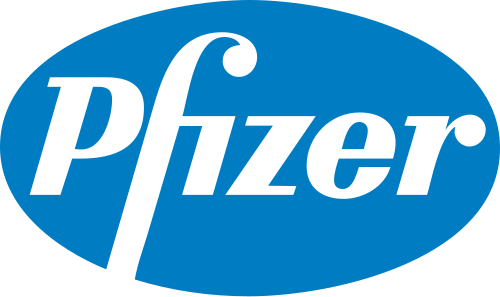Outsourcing has had a negative connotation in the US. However, the trend seems to be here to stay. As product complexity increases, and it is not easy for companies to do everything in-house. Furthermore, competitive pressures are compressing product development cycles and companies have to use approaches such as co-development to grow. If companies are using suppliers for components and subsystems, should they not use them for innovation as well? Collaboration with strategic suppliers has been shown to enhance innovation.
More and more organizations are sourcing innovation from the outside through open innovation or borderless innovation. Leading companies such as Intel work with universities to source innovation. Companies from J&J to Ortho have setup innovation hotbeds to access innovation from the outside. There are interesting approaches to crowd-source innovation and reach-out to the masses for innovation.
Even so, there is a significant amount of confusion and controversy around the benefits of innovation outsources.
A great article in R&D Management journal provides a synthesis or current research in innovation outsourcing (Controversy in innovation outsourcing research: review, synthesis and future directions):
There is a growing stream of research into the outsourcing of innovation activities within the innovation, management, marketing and economics disciplines. Understandably, this coincides with the practice becoming more commonplace in industry. Here, we attempt to synthesize research surrounding the question of whether to outsource or internalize innovation activities and the performance implications of this decision.
As expected, there are many open issues and conclusive consensus has not emerged about aspects of innovation outsourcing. Some research shows that innovation outsourcing reduces costs while other shows that it increases them!
As innovation outsourcing research has progressed, several controversies have emerged in the literature and remain unresolved. For instance, case-based research provides evidence that outsourcing innovation activities can lead to faster product development and cost savings; yet, empirical research shows that outsourcing may lead to higher costs and slower new product development
However, there are some clear trends that R&D managers should pay attention to:
Outsourcing is most likely when specific assets are required, behavioral uncertainty is low, intellectual property is well protected, the activity is not seen as a path to developing competitive advantage and when low cost is not the primary goal of the development effort. Also, large firms have a greater tendency to outsource.
So, it makes sense to outsource when:
- Supplier has specific equipment, laboratory or assets that are expensive to acquire.
- It is easy to understand and evaluate innovation results from the supplier (low uncertainty about supplier behavior)
- Sourced innovation is not critical to the company nor is it a significant competitive advantage (critical innovations are normally controlled by the company)
- Costs are not a key driver (companies still tend to feel that sourcing innovation is more expensive than doing it in-house)
- Large firms are more likely to outsource innovation than small firms






